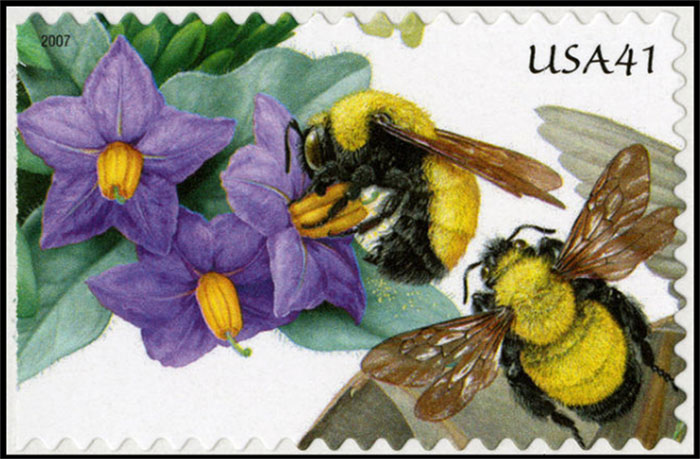Rachel Carson described her fears about the use of systemic insecticides like neonicotinoids 50 years ago when she wrote Silent Spring. Now, we are witnessing first-hand as her predictions become a reality: “The world of systemic insecticides is a weird world, surpassing the imaginings of the brothers Grimm… It is a world where the enchanted forest of the fairy tales has become the poisonous forest in which an insect that chews a leaf or sucks the sap of a plant is doomed. It is a world where a flea bites a dog, and dies because the dog’s blood has been made poisonous, where an insect may die from vapors emanating from a plant it has never touched, where a bee may carry poisonous nectar back to its hive and presently produce poisonous honey.” Compounding the problem is a shift away from integrated pest management (IPM) and agroecological practices, systems that, to varying degrees, mitigate the indiscriminate use of toxic chemicals. Industrial agriculture practices rely on pesticides whether they are needed or not, thus putting an unsustainable load of chemicals into the environment and adding weight to Carson’s frightening predictions. As one report notes, “Over the last 20 years or so, the shift in pest management has moved away from reactive to prophylactic. Now many fungicides, pesticides and herbicides are applied to the seeds before sowing. Application of the chemical before pest damage has occurred often involves routine spraying and pre-emptive treatments.”
Source:
REPORT BY CENTER FOR FOOD SAFETY ON POLLINATOR HEALTH, RESEARCH, AND FUTURE EFFORTS FOR POLLINATOR PROTECTION, S E P T E M B E R 2 0 1 3 (ATTACHED)

- Login om te reageren
